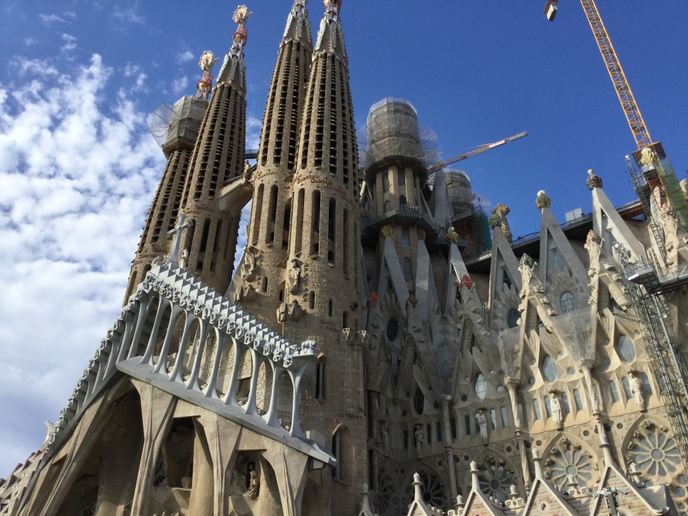Virtual safe space to help Northern Irish communities connect
The Troubles may have ended, but Northern Irish society is still marked by deep divisions. From separate schools to walls and fences closing off neighbourhoods, Catholic and Protestant communities remain largely segregated. The recent eruption of violence has been a stark reminder of the divisions that continue to exist to this day. Opportunities offered by Virtual Reality (VR) applications for creating new connections are being explored by the EU-funded project contactVIRT (Intergroup Contact in Virtual Reality: Comparative Effects of Two Contact Strategies on Reducing Prejudice and Increasing Trust Between Catholics and Protestants in Northern Ireland). While intergroup contact is widely recognised as an effective means to improve relations between social groups, there is little data available yet on the potential of virtual interactions. By creating a safe online space through which members of both communities can connect, the team aims to identify concrete approaches for fostering a shared sense of identity. VR test sessions with volunteers will be organised to test different strategies.
Crossing dividing lines
Through a questionnaire, participants were asked to pick a social group of which they identify as a member – the so-called ‘in-group’, as opposed to the ‘out-group’. Surprisingly, the selected groups do not simply reflect the Catholic-Protestant division: “Members of both communities noted that the Nationalist/Catholic/Republican and Protestant/Unionist/Loyalist labels do not reflect their real intercommunity identities. Some of them feel more threatened by members of their own community than by outsiders,” explains Salvador Alvídrez, Marie Skłodowska-Curie research fellow at Queen’s University Belfast, which hosted the project. He notes that Brexit may also have contributed to a more uniform Northern Irish identity. During the VR sessions, volunteers will be placed in a virtual space together with members of a different social group. A virtual moderator will provide them with instructions for working together on simple tasks such as describing pictures or filling out blank spaces in sentences. Visual cues will be added to avatars indicating community background and membership of a wider virtual group. “For instance, if a Catholic participant thinks of Protestants as the out-group, their respective avatars are dressed in the traditional colours of each community, green and orange. But both carry a token over their heads indicating membership of the same virtual group,” Alvídrez outlines. Through this strategy, known as ‘recategorisation’, the researchers will seek to strengthen a sense of belonging to a common group.
New contact strategies
The results of contactVIRT’s work will inform policymaking, shaping concrete contact strategies supported by technology in education and community work. With the support of the Community Relations Council (CRC) of Northern Ireland, the team has already collected valuable insights from community and peacebuilding organisations with a view to developing technological tools for intercommunity dialogue. They are also in talks with the CRC to organise activities with end users such as practitioners, community workers, mediators and volunteers. “The collaborative relationship with the CRC has represented a great opportunity to take our research ‘out of the lab’ and to learn directly from the people who will benefit from our studies,” Alvídrez notes. He is currently building an Irish-British network exploring the use of technology for intergroup contact, bringing together researchers from fields including social psychology, education, computer science and political science: “The network is intended to be a space for exchanging knowledge and resources around new uses of technology to improve intergroup relations, particularly in a post-pandemic context.”
Keywords
contactVIRT, Northern Ireland, virtual reality, intergroup contact, recategorisation, community relations







